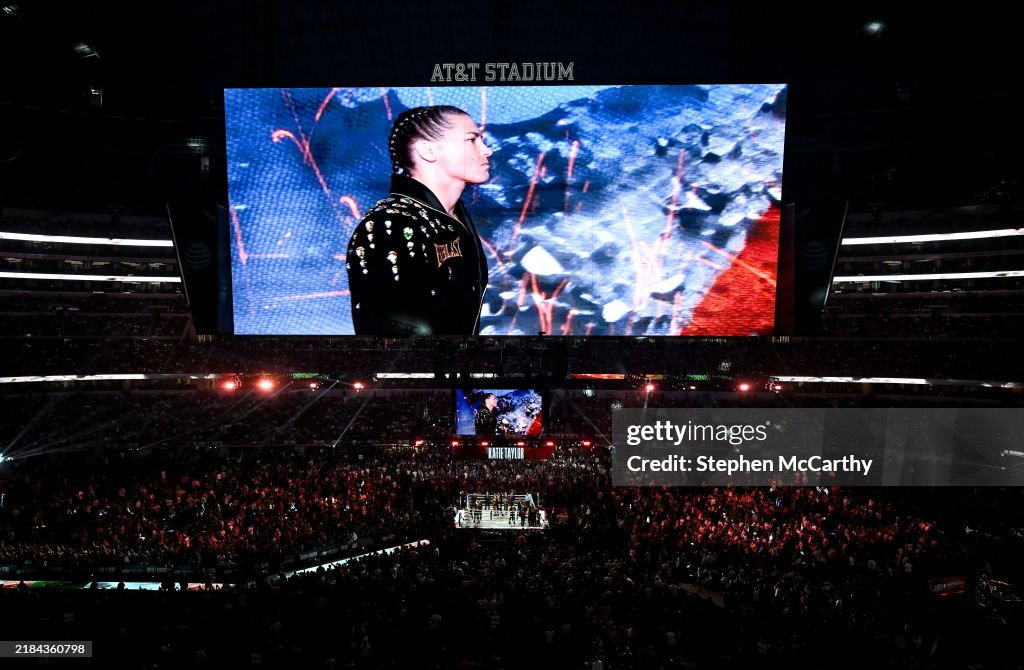The International Monetary Fund (IMF) has commended Guyana’s climate change mitigation efforts, which the People’s Progressive Party/Civic (PPP/C) Government has been addressing on multiple fronts.
According to the IMF in its statement on the conclusion of its Article IV consultation with Guyana, which was released last week, the Government has been making efforts to build climate change resilience.
“Directors commended the authorities’ efforts to build resilience to climate change as envisioned under their Low Carbon Development Strategy,” the statement, which contains the assessment of the IMF Executive Directors, states.
Guyana’s climate mitigation efforts have included plans for building a secondary city, Silica City, away from the Low Coastal Plain which is flood prone.
The establishment of Silica City was proposed in 2013 by Dr Irfaan Ali during his tenure as Minister of Housing and Water. It is in keeping with the Sustainable Development Goals (SDGs), the New Urban Agenda, the Housing Act 36:20, and other guidelines.
In his first year in office in 2020, President Ali had revealed that Government had begun discussions on Silica City as a secondary city. He had explained that the Government was looking at an area on the Soesdyke-Linden Highway that would be connected to the new four-lane bypass road.
It has previously been explained that the city will initially cater to just over 3000 households in the first five years and eventually grow to house more than 12,500 households.
The Low Carbon Development Strategy (LCDS) is also being expanded to include the provision of environmental services, the protection of biodiversity and water resources, the development of marine economy, and the promotion of climate resilience. The enhanced LCDS would allow Guyana to further decarbonise onshore economic activities.
The LCDS was first launched on June 8, 2009, with the revised version being published in May 2010. This version was subsequently launched in March 2013. The new draft is intended to continue and build upon the work started in 2008.
Money from the LCDS has since created low-carbon jobs; enabled Amerindian villages to receive legal titles for communal lands; rehabilitated the Cunha Canal to protect against flooding; and started to equip Amerindian and hinterland communities with renewable energy, digital infrastructure, and sustainable livelihood opportunities.
A new LCDS 2030 has already been ratified in the National Assembly. It seeks to create a new low-carbon economy in Guyana by establishing incentives which value the world’s ecosystem services, and promote these as an essential component of a new model of global development with sustainability at its core.
In Guyana’s case, it is about harnessing the value of the country’s ecosystem services to build a long-term, low-carbon diversification opportunity.
The United Nations (UN) Global Roadmap sets out the target that the world must achieve to attain net-zero emissions by 2050. It involves balancing the amount of greenhouse gas produced and the amount removed from the atmosphere.
At the 26th session of the Conference of Parties (COP26) last November, Guyana had committed to reducing carbon emissions by 70 per cent by 2030. The cleaner energy mix to be undertaken involves the use of natural gas through a 250-megawatt plant, reducing the use of fossil fuel.
This is in combination with the Amaila Falls Hydropower Project (AFHP) and solar farms.In January, President Dr Irfaan Ali had said that Guyana is poised to lead the Net Zero by 2050 Agenda through its robust plans for energy security and renewable generation, while continuously recording increased economic prosperity.





















Discussion about this post